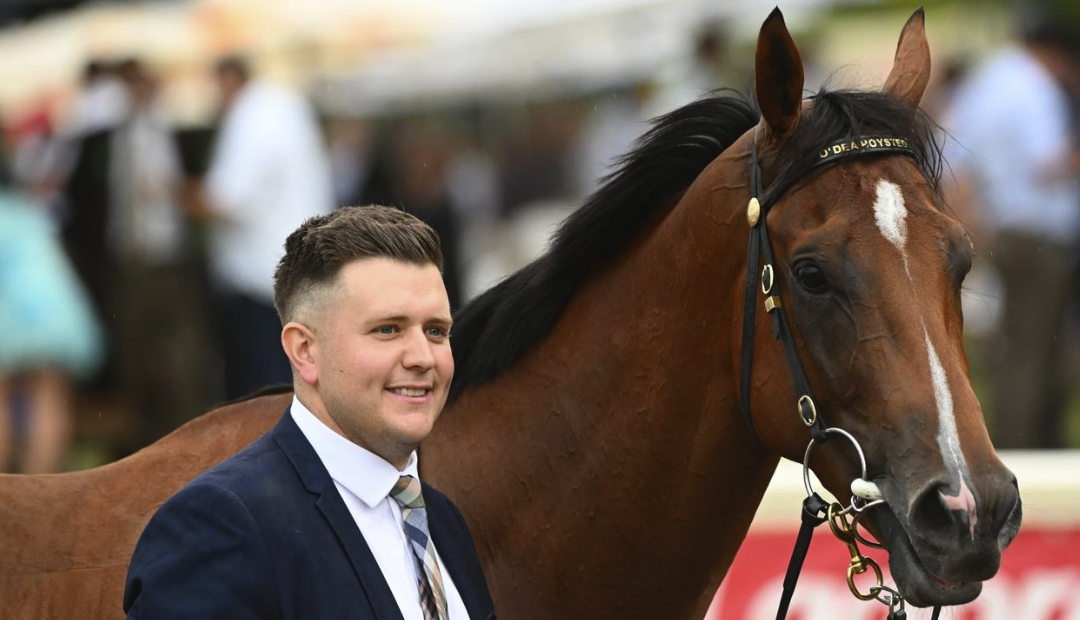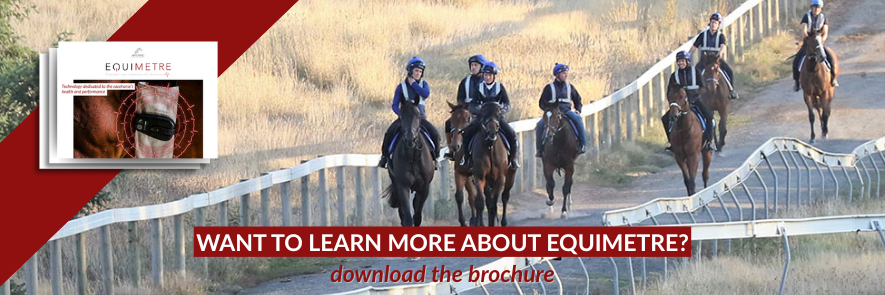Based at Eagle Farm in Australia, Matt Hoysted stands out as one of the most progressive trainers of his generation. He uses the Equimetre system in his stable. In this interview, he discusses his philosophy, how he manages data-driven training, and his vision for the future of technology in horse racing.
Watch the video interview: link.
Could you please introduce yourself?
I’m Matt Hoysted, a racehorse trainer here at Eagle Farm.
How long have you been working with data? Why did you choose to work with data in the first place?
I have been using the Equimetre Arioneo system for two years. It’s something, I think, like anything in the game, sports science is evolving, and you need that sort of data on your side when programming these horses, and obviously trying to have them in their best condition when they’re ready to perform at the races.
Can you tell us more about how you handle your data collection and analysis?
We’ve got a big team of 56 horses. Whenever the horses are doing any fast work, we’re putting the GPS trackers (Equimetre) on them. At the end of the morning, we sync all the devices and then go through them.
What’s great with Arioneo is sending through a report after each session, which helps, just being able to go through so many horses. Usually, that afternoon, we will sit down and go through every horse individually to see how their recovery was, and gauge what stage of their preparation they’re in. Then we work out the next steps for each one.
What do you like about working with Arioneo?
The best part of working with Arioneo is the support. With any of these devices, if there’s ever any issue, it’s having that hands-on help from the team to find a solution. If something goes wrong, you get assistance virtually straight away, and we’re not having to sit and wait for answers. It’s also really helpful to work closely with the Arioneo team, discussing what we’re looking for in the data and getting advice along the way about what is normal and what to look out for.
Do you have a data-driven decision in mind that you could tell us about?
With these devices, you can really gauge horses’ fitness much better. There have been occasions where, after one trial, I’ve checked the recovery data and could see whether a horse was ready to go to the races or needed another trial. Sometimes the data shows the horse is already at their optimum, and they can be taken straight to the races for a top performance.
How do you see the future of data in horse racing? Do you have any advice for a trainer starting their data journey?
Everything’s constantly evolving; it’s just a matter of keeping up with the times. For anyone wanting to start using data, I’d say it’s all about getting as much data behind you as possible. After two years using the system, we’ve gathered so much reference data that I now know exactly what parameters to look for in our horses.
The more data you collect, the more confident you become in your interpretation and decisions.
If you had to describe the EQUIMETRE in one sentence, what would you say?
It’s a great training tool, another string to your bow when trying to get these horses to perform at their best on race day.


